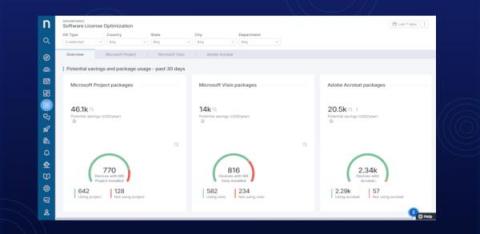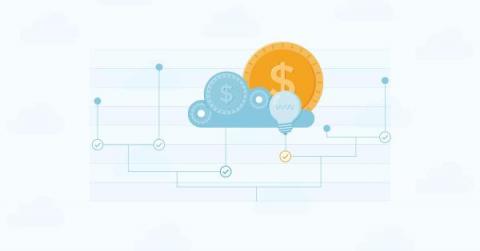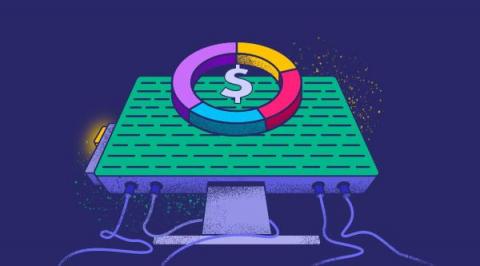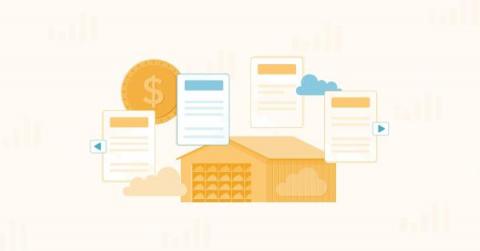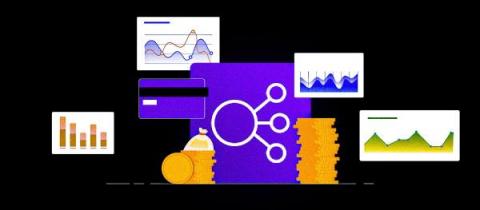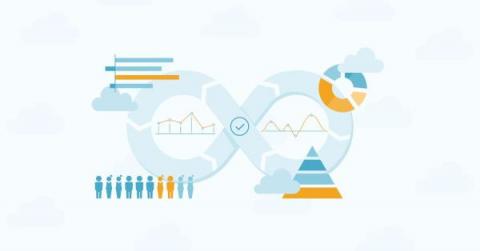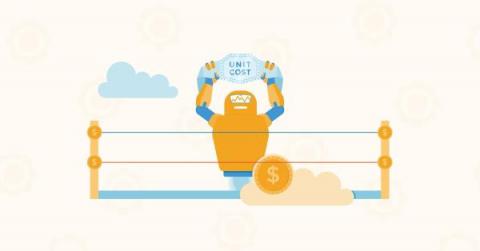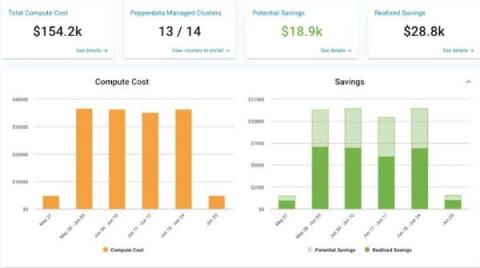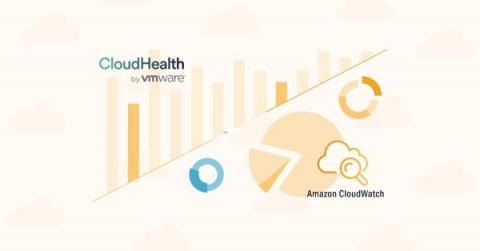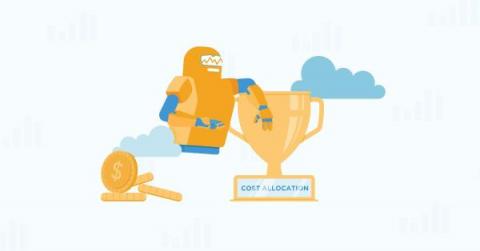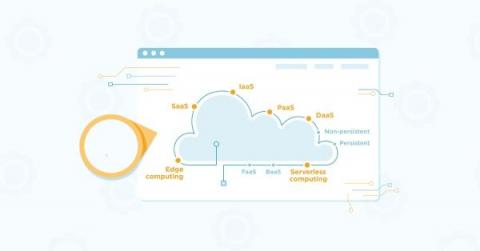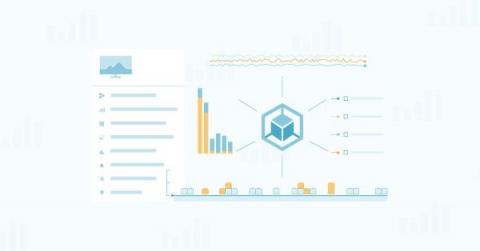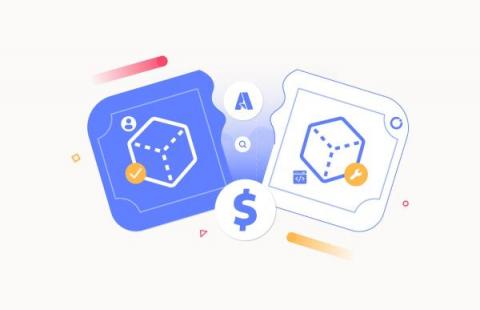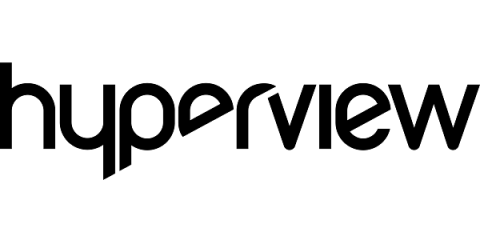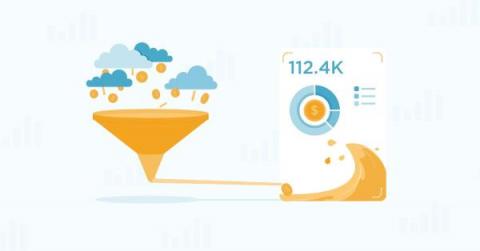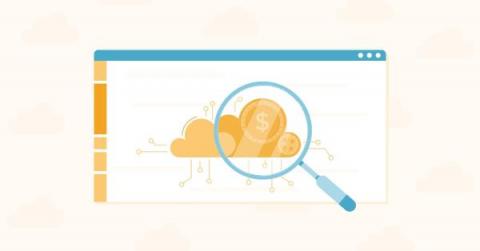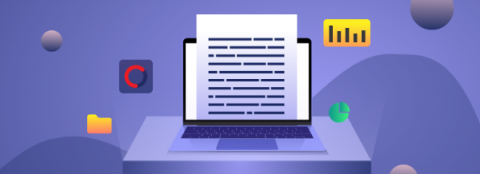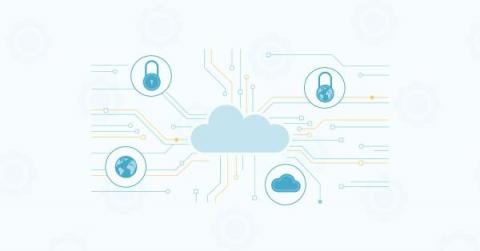Operations | Monitoring | ITSM | DevOps | Cloud
July 2023
How To Reduce Software License Cost through Usage-Based Application Optimization using Nexthink
There has been an exponential increase in the adoption of Enterprise software for digital transformation. Enterprises are looking at Software as the key differentiator to render faster services to their customers. Remote and hybrid working has accelerated this trend, but tracking and managing these software licenses has become difficult. Check out how we reduce the software license cost through usage based application Optimization using Nexthink.
4 Ways SaaS Brands Evolved Their Pricing Strategy Using Cost Intelligence
How to Implement Cloud Cost Optimization in Observability
Although microservices and cloud architectures are the new norm for modern applications, cloud cost optimization could run high in observability. High costs are largely due to the number of components involved in cloud architectures. According to Cloud Data Insights in a recent report, around 71% of IT companies say that cloud observability logs are growing at an alarming rate— a driving factor for rising observability costs.
The Ultimate Cloud Storage Pricing Comparison
Achieving cost-effective scalability: Optimize AWS ELB pricing using CloudSpend
ELB cost optimization- CloudSpend Amazon Elastic Load Balancing (ELB) is a load balancing service that automatically and evenly distributes incoming traffic from client-side applications across multiple virtual server instances, like Amazon EC2 instances, containers, or IP addresses, in different availability zones. It smoothly handles server instance failover and unavailability, thus increasing the application’s fault tolerance.
What Is AWS Lambda? A Straightforward, No BS Guide
55 Fascinating DevOps Statistics You NEED To Know In 2023
How CloudZero Provides Unit Cost Better Than Anyone Else
The No BS Guide To Understanding S3 Storage Costs
Lower Your AWS Lambda Bill by Increasing Memory Size- yep!
Lambda allows you to allocate memory for your functions in increments of 1 MB, ranging from a minimum of 128 MB to a maximum of 10,240 MB (10 GB). When we specify the memory size for a Lambda function, AWS will allocate CPU proportionally. For example, a 256 MB function will receive twice the processing power of a 128 MB function.
Choose Your Weapon Against Costly Cloud Bills
CloudHealth Vs. CloudWatch: How Do They Differ?
How CloudZero Allocates Spend Differently (And Better) Than Anyone Else
17 SaaS Metrics Every SaaS Company Should Be Monitoring
11 Cloud Computing Examples You Need To Know
A quick snapshot of Anodot's 2023 State of Cloud Cost
The public cloud market is expected to grow significantly in 2023, and it’s no surprise. Gartner forecasts that end-user spending on public cloud services will rise by 21.7% to a total of $597.3 billion in 2023, up from $491 billion in 2022!
8 GKE Monitoring Best Practices To Apply ASAP
Azure Unit Cost Analysis for Cloud cost optimization
Understanding the Financial Impact of DCIM Software in Data Centers
ROI is a standard business metric calculated by comparing the benefits (or returns) of an investment to the cost of the investment. The higher the ROI, the greater the benefit compared to the cost. But in the case of DCIM software, it’s important to understand that returns aren’t always direct financial gains. They can also include benefits like improved system reliability, greater operational efficiency, and a smaller environmental footprint.
How To Combine Multi-Cloud Spend Into One Single View
How To Determine The Cost Of Cloud Computing
ManageEngine CloudSpend has launched its Reports feature: See what's new
ManageEngine CloudSpend, a cloud cost management tool, is excited to announce the release of its new, Reports feature. CloudSpend’s Reports feature automates report generation for integrated cost accounts, utilizing tags like Region, Service, and Billed Accounts for each one.



